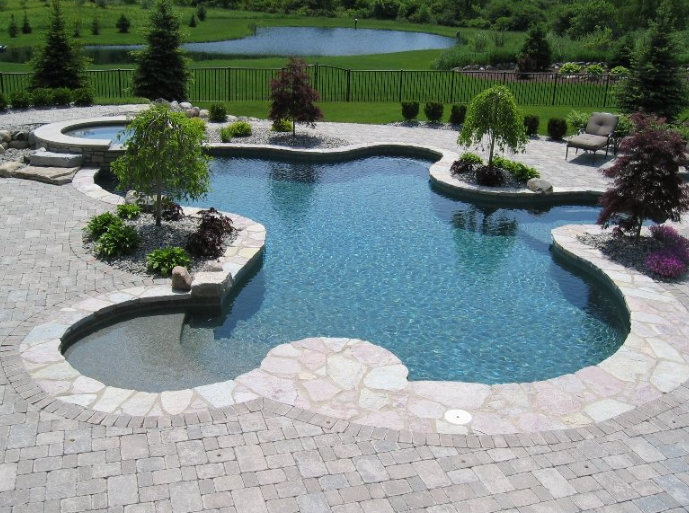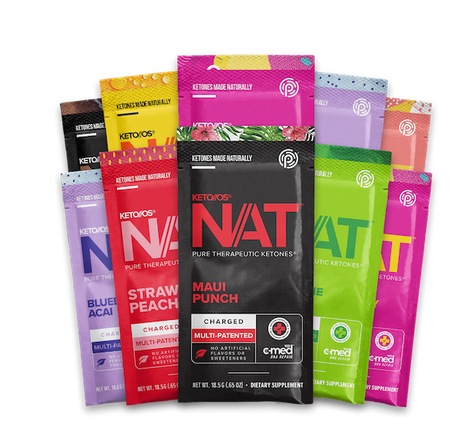
Chemistry for Swimmers: Understanding Pool Water
Summer season is just around the corner, and therefore signifies it’s time for you to prepare your pool area to the impending period. A single important component of swimming pool routine maintenance can be a operating pool filtration. A swimming pool filtration helps you to remove dirt, Pool germs, and also other impurities from your drinking water to maintain it neat and risk-free to go swimming in. There are three major varieties of pool filters: sand filtration system, printer cartridge filtration system, and DE filter systems. Every type of filtering possesses its own pros and cons, and knowing them will assist you to choose the best filtration system for your swimming pool. In this post, we are going to dive in to the quality of understanding swimming pool area filter varieties.
Beach sand Filtration systems:
Fine sand filtration system are definitely the most often used kind of pool area filter. These filter systems use a container loaded with fine sand to trap particles and undesirable particles. Water is motivated in to the filtration system and runs throughout the sand, which grabs the impurities. Beach sand filtration system have to be backwashed occasionally to remove the grabbed dirt. An advantage of utilizing a fine sand filtration is the fact it’s lower servicing. Yellow sand filters may last for as much as five-years before seeking a beach sand modify, and they’re comparatively cheap. Nevertheless, they don’t trap dust no more than a cartridge filtration, plus it requires much more water to backwash, which means higher h2o consumption.
Printer cartridge Filtration systems:
Printer cartridge filter systems are becoming more popular as they are more efficient and call for significantly less servicing than yellow sand filters. They employ a filtration system cartridge comprised of pleated polyester textile to capture particles. The water is forced through the pleats, trapping soil, microorganisms, along with other pollutants in between them. Ink cartridge filter systems will not need backwashing like sand filtration system, which implies a lot less water wastage. They also filter smaller contaminants than yellow sand filters, supplying a greater standard of filtering system. Nevertheless, printer cartridge filtering replacements could be higher priced, and they need to be washed regularly, which can create problems to a few swimming pool area managers.
DE Filter systems:
Diatomaceous world (DE) filter systems are the costliest sort of pool area filtration, but also the best. DE filters operate similarly to container filters, although with a perspective. They utilize DE powder, an all natural chemical made from microscopic fossils that adhere onto a grid to trap trash. As soon as the h2o passes throughout the DE filtering, it comes down out crystal-obvious. DE filter systems are designed for trapping contaminants as small as two to five microns, which is a greater amount of filtering than fine sand or printer cartridge filtration system. Even so, DE filtration systems need the most repair of all pool area filters, making them the costliest as well as the minimum popular option in the marketplace.
Simply speaking:
In In a nutshell, deciding what sort of pool area filtration to utilize is dependent upon numerous variables including the measurements of the swimming pool, spending budget, maintenance, and normal water utilization. Fine sand filter systems are typically the most popular and lower servicing kind of filtration system. Container filters tend to be more efficient and never require the maximum amount of h2o, but need frequent routine maintenance and replacing of the toner cartridges. DE filtration system are the best however they are time-eating and require most upkeep, which can be expensive. It’s vital to investigation and assess the advantages and disadvantages of every form of filtration system before making a decision. With all the proper filtration system, you will enjoy a glowing clean pool all summer extended!




